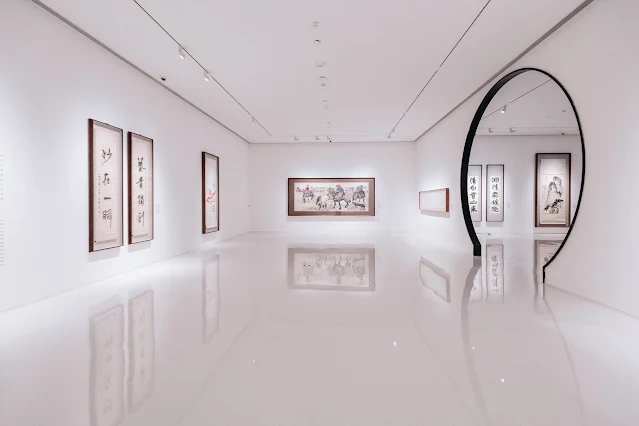
Colour in interior design is never random. When dealing with a professional interior designer, you will quickly notice that the colours they chose to go with for every space around the house or office are carefully chosen. Colour affects the mood of the people and the atmosphere of the house and this is what makes it very vital that the choice made is the right one. The following are the different colours that are used in interior design and how they impact the space.
Red
Red is a colour that creates feelings of danger, energy, war, power, strength, and determination, but that’s relative to each person since everyone has their own perspective. One thing that’s a fact is that not many people use red in their interior spaces, despite the colour being a very beautiful option. When it comes to interior design, you can avoid the blood-red tinge and go for lighter hues like light red which are associated with sensitivity, passion, and love. Red colour can never be boring and rather than use it on the entire wall space, you can select one section and apply it there for an artistic touch. It would serve you better to have huge windows as red shines best when washed with natural sunlight.Orange
Orange is another energetic colour that people rarely use in their homes but which can really add some life into any space where it has been used on the walls. The colour is associated with joy, and sunshine, and the warmth that you’d find in tropical areas, it works best where the house is located in places that receive a lot of sunlight all year round. One thing about orange, you either love it or hate it completely, there are no betweens to find a common ground on. This is the kind of colour that you would want to have in your kitchen as it stimulates appetite. You can switch the many hues that exist like apricot and terra cotta orange to create a unique space.Yellow
Yellow is more in the realm of the most acceptable interior decor colours and is associate with the warmth of the sunshine, happiness, energy, and intellect. This is the kind of colour you plaster on the kitchen walls, the dining room, and the bathrooms where they radiate when washed with ample light, natural or artificial. Word of caution though, don’t go all out with the colour, simply select a section of the walls and sparingly apply a good hue of it. It has been found that people are most likely to lose their temper when surrounded by an all-yellow interior. Some of the best colours that can combine well with yellows are grays. Use them artistically in the right shades and gradients.Green
Jungle green is the most used hue of green that works very well with indoor spaces, socially those that are close to nature and have a lot of plants in their houses. It is a colour that exudes calmness and security and can be applied to any part of the house and works quite well as the main colour without any need of adding others for support. However, you can add some little spots of yellow, white, or gray to break the monotony and add some creative angel to space. Other versions of green that are also used widely are olive green and lime green, what you should avoid going with is neon green. It is too loud and ugly to be used as a decor colour.Blue
As far as interior design is concerned, blue is one of the top three most appropriate colours for interior design. It has been described as the colour that evokes calmness and serenity and having it on the walls will bring the occupants a level of calmness they’ve never experienced before. The best part? All variations of the colour are just as good and can be used on any part of the room, especially the living room. One of the most variations of the blue colour is turquoise blue and having it on the alls will brow the mind of anyone fortunate enough to pay you a visit. The colour is art on its own and you can leave the walls blank.White
This is the most common colour used on walls, it can be described as the default interior design colour as it is what people usually go for unless they are advised otherwise by the interior designer. White may sound and look plain but it is a very artistic colour to go with if you ever plan to create contrast using other items around the house. It especially does very well for interior design plans that involve minimalism. White also works well in houses that are not very well lit and have high ceilings since it is a colour that can reflect even the smallest amount of light that streams in.
Conclusion
Colours depend on personal preferences and as the owner of the house, you reserve the right to go with what tickles your fancy, but you also have to pay attention to your interior designer because they know how to make the right colour combinations are the experts.
For more information on how you can best bring out the colours on the walls using LED lights, check out viewpointec.com to see all the available products that may suit your needs and help you transform your house into the dream home you have always envisioned.






